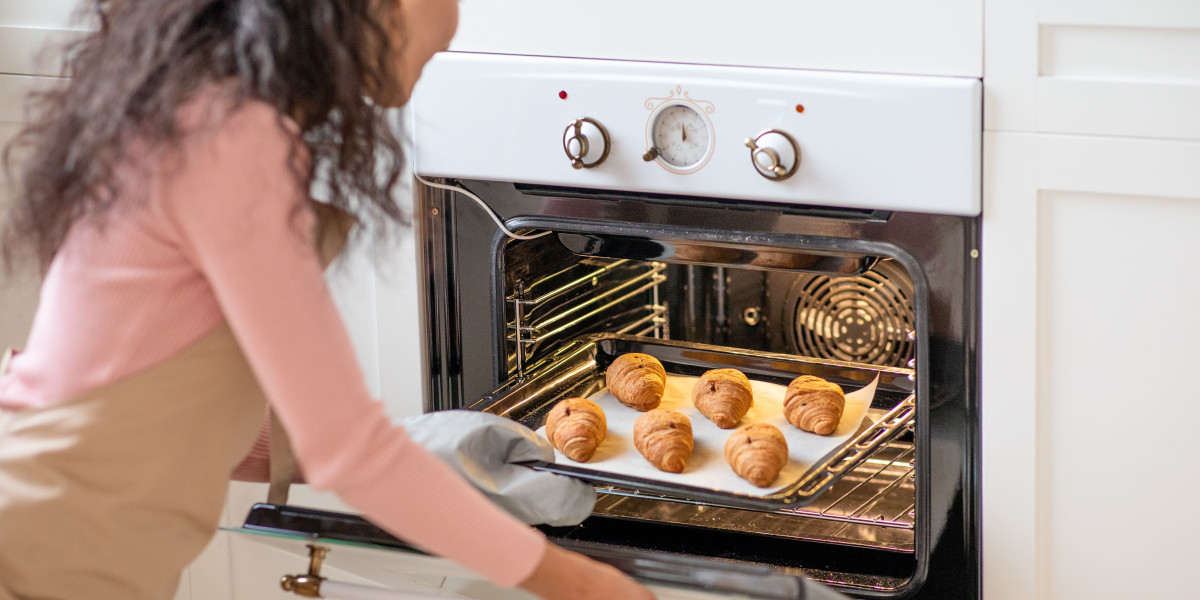As remote work and on-the-go lifestyles blur the lines between home, office, and travel, the quest for perfectly temperature-maintained coffee intensifies. For those prioritizing lasting warmth, the choice between classic ceramic mugs and modern vacuum-insulated vessels sparks debate. Understanding how each material functions reveals why many commuters and outdoor enthusiasts favor a Stainless Steel Thermos Bottle for enduring heat, while ceramic holds appeal for different rituals. This isn’t about declaring a universal winner, but matching material strengths to your daily rhythm.
Ceramic’s appeal lies in tradition and sensory experience. Its porous nature allows the mug itself to absorb heat, creating a comforting warmth in your hands—a cherished aspect of slow, mindful coffee breaks at home. Glazed finishes enhance this thermal mass effect, keeping liquid moderately warm initially. However, ceramic is fundamentally a heat conductor. Without insulation, it steadily releases warmth into the surrounding air. Coffee cools noticeably within minutes on a breezy patio, during a lengthy morning meeting, or even beside a drafty window. This makes it ideal for stationary enjoyment where immediate sipping is expected, but less reliable for prolonged heat retention.
The performance of a stainless steel thermos bottle hinges on advanced physics. Double-wall construction incorporates a near-vacuum sealed gap between layers. This vacuum environment virtually eliminates convection and conduction—the primary pathways for heat escape. Polished interior surfaces further combat radiant heat loss. The result is dramatically slowed thermal transfer. Coffee stays piping hot not just for moments, but for many hours. This design ensures the exterior remains cool to the touch, preventing burns and condensation stains—a practical advantage for desks, car cup holders, or packed bags. Durability is another key factor; stainless steel resists chips, cracks, and impacts far better than fragile ceramic, surviving commutes, hikes, or accidental knocks unscathed.
Maintenance and taste neutrality also diverge. Ceramic glazes can retain coffee oils or tannin stains over time, potentially influencing flavor subtly unless meticulously cleaned. Stainless steel interiors are typically non-porous and resistant to flavor absorption, preserving coffee’s intended profile sip after sip. Cleaning is often simpler too—most stainless bottles withstand thorough washing without degrading. Ceramic’s aesthetic charm, however, offers a wider palette for decorative expression within home environments.
So, which truly excels at keeping coffee hotter? For sheer endurance, stainless steel’s vacuum insulation delivers significantly prolonged heat. Coffee brewed at sunrise can retain its welcome warmth well into late morning, supporting busy professionals, travelers, or anyone unable to consume their drink immediately. Ceramic provides delightful initial warmth and tactile pleasure for those savoring their beverage promptly in a fixed location. The ideal choice depends entirely on lifestyle:
Choose Ceramic For: Relaxed home enjoyment, aesthetic versatility, traditional tactile warmth.
Choose Stainless Steel For: Long commutes, demanding workdays, outdoor activities, or any situation demanding sustained temperature over hours.
Ultimately, recognizing the core strengths of each material empowers informed decisions. For those prioritizing enduring heat retention, durability, and travel-ready performance, modern vacuum-insulated stainless steel offers a compelling solution.Explore designs focused on intelligent temperature retention. Visit www.aijunware.com .








